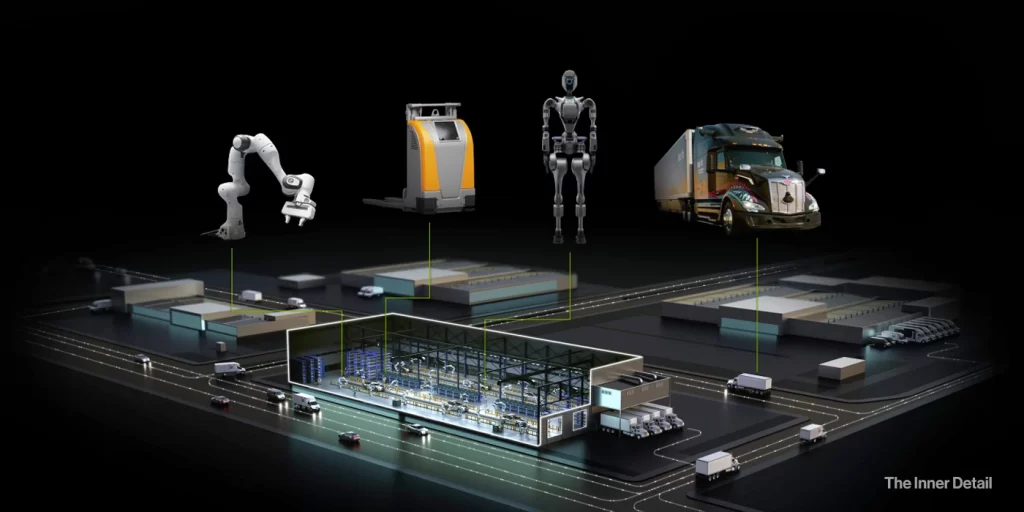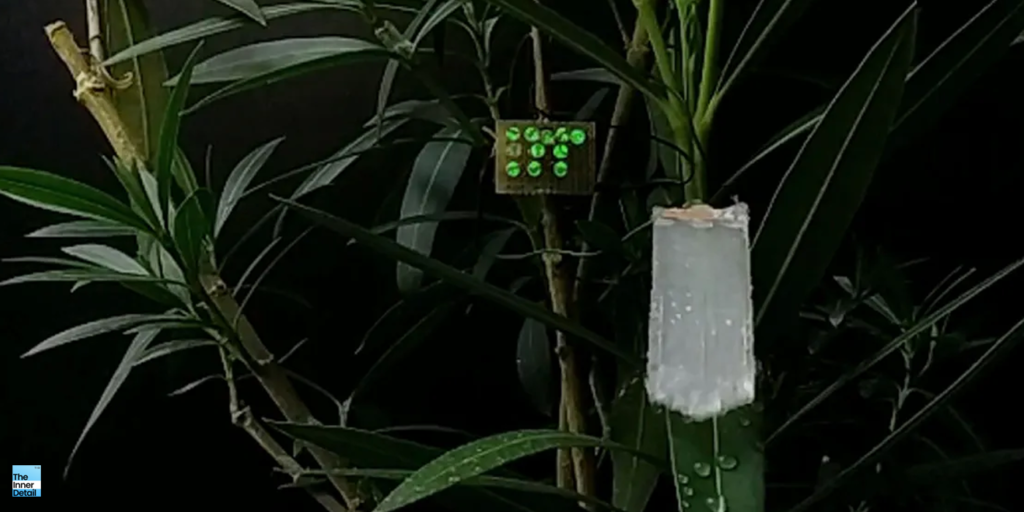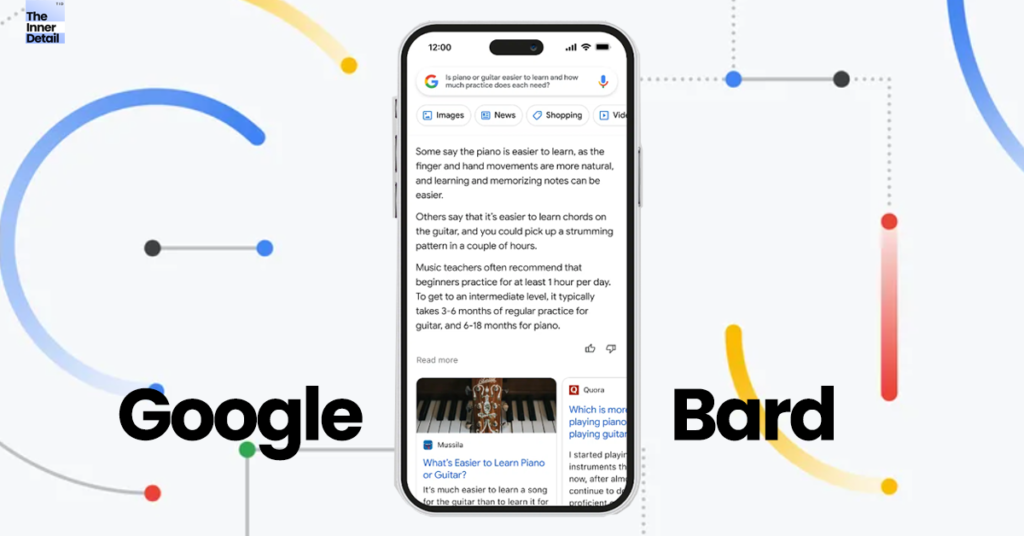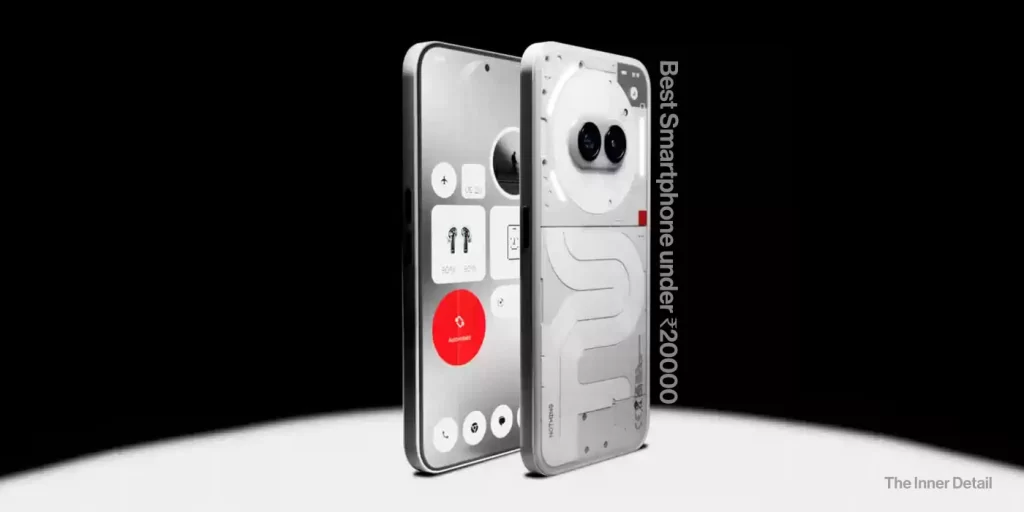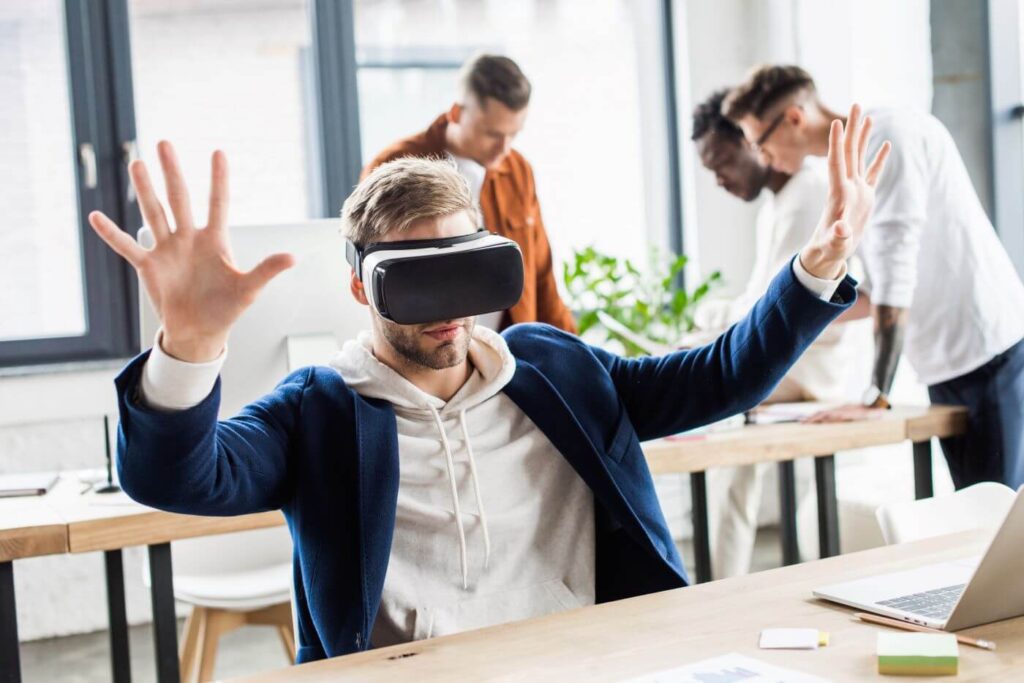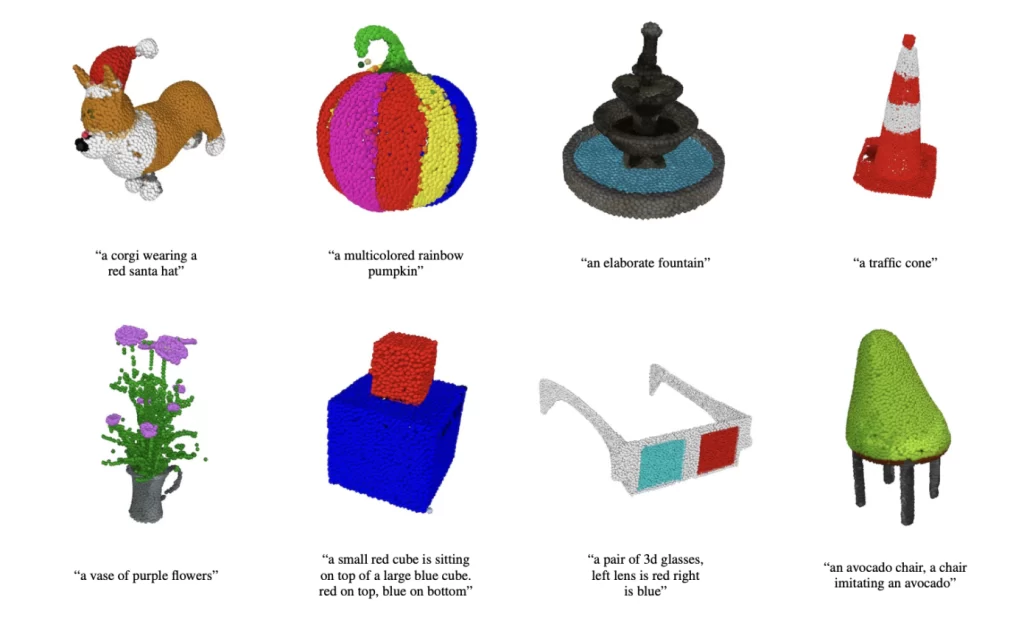The next frontier of AI is going to be physical and is dubbed as the “Physical AI”, – the 5th wave of AI that is going to reshape the world in its functionality.
We’ve seen artificial intelligence revolutionize the digital realm, from generating text and images to automating complex workflows. But AI is making its most tangible leap yet, moving beyond screens and data centers into the real world. This next frontier – 5th wave of AI – is known as Physical AI, and it’s poised to transform industries and daily life in extraordinary ways.
What is Physical AI?
Physical AI represents an innovative combination of artificial intelligence and physical systems. It integrates AI with physical hardware and systems, enabling machines to interact autonomously with the physical world. Say, if a drone or robot is powered with the advanced form of AI, it turns out to be an example of ‘physical AI’, in simple terms.
Sometimes referred to as embodied AI, it means that AI isn’t just thinking in a virtual space; it has a body capable of acting in physical reality. Unlike traditional systems that rely on pre-programmed instructions, Physical AI systems leverage real-time data and advanced learning techniques to analyze inputs and respond dynamically. This allows them to sense, process, and interact with their physical environments without constant human intervention.
Why is Physical AI Powerful?
The power of Physical AI lies in its ability to bridge the gap between digital intelligence and the real world. These systems are designed to react dynamically and adapt to unexpected changes and complex scenarios that the real world presents.
They can learn from experiences and improve their performance over time, operating in dynamic, unpredictable conditions. This embodied intelligence allows them to combine machine learning with mechanical motion, environmental awareness, and adaptive decision-making.
Physical AI enables autonomous functionality, meaning systems can adapt to environmental stimuli independently. Key components like sensors, actuators, and AI algorithms work together, allowing machines to perceive their surroundings, analyze data, make decisions, and carry out bodily activities. The ability to process data at the edge, directly on devices, minimizes latency and enables fast, real-time decisions.
Nvidia’s CEO Jensen Huang envisions the future will be dominated by this Physical AI and has invested heavily on this, a report says.
Physical AI also brings significant benefits by augmenting human capabilities and automating dangerous, repetitive, or precision-based tasks. It can bring human intelligence, tacit knowledge, and reflexes to machines for autonomous materialistic actions. This enhances efficiency and precision across various industries.
How Physical AI is Changing the World
Physical AI is not confined to labs; its applications are rapidly changing the world across numerous sectors. In manufacturing, adaptive robots are transforming assembly lines, reducing downtime and errors, while AI vision systems enhance quality control. The global AI robotics market is constantly growing, with billions of AI robots expected in operation in the coming decades.
In healthcare, surgical robots perform complex operations with precision exceeding human capabilities, reducing complications and recovery times. Wearable health monitors integrated with Physical AI enable continuous tracking of vital signs for early detection and personalized treatment.
Transportation is being transformed by autonomous vehicles that use AI to navigate complex environments and make real-time decisions for safety and efficiency, leading to fewer accidents compared to human drivers in certain studies. AI also enhances traffic management systems.
Physical AI is also crucial in agriculture for precision farming, with AI-powered drones monitoring crops and smart machinery automating tasks to optimize yields and reduce waste. In home and personal use, devices like domestic cleaning robots are a rapidly expanding market, enhancing convenience and efficiency.
Beyond these, Physical AI is enabling exploration in environments inaccessible to humans, such as space and the deep sea, assisting in disaster response, and enhancing defense and security through surveillance and threat detection systems.
Companies are developing Physical AI agents like autonomous forklifts for warehouse environments, demonstrating how traditional equipment can be transformed into advanced AI agents that interact and respond in real time.
Physical AI is set to transform millions of factories, warehouses, and mobility apparatus, integrating the real world with AI to redefine how industries operate and how individuals engage with technology.
Join our community by subscribing to our Weekly Newsletter to stay updated on the latest AI updates and technologies, including the tips and how-to guides. (Also, follow us on Instagram (@inner_detail) for more updates in your feed).
(For more such interesting informational, technology and innovation stuffs, keep reading The Inner Detail).
Kindly add ‘The Inner Detail’ to your Google News Feed by following us!
